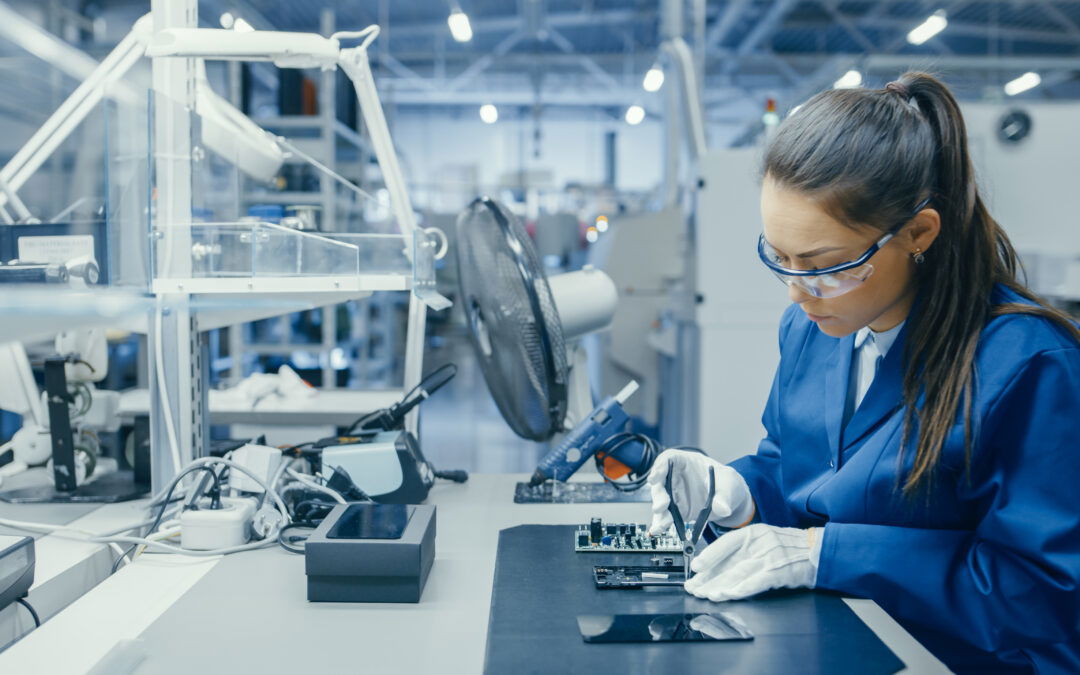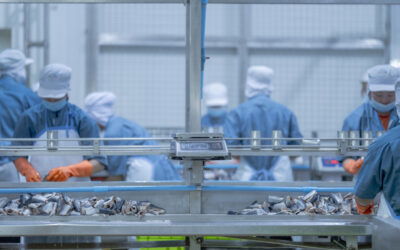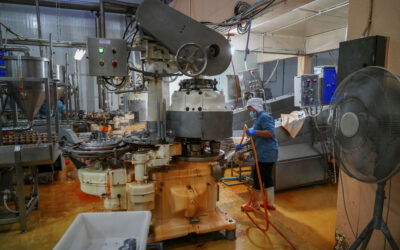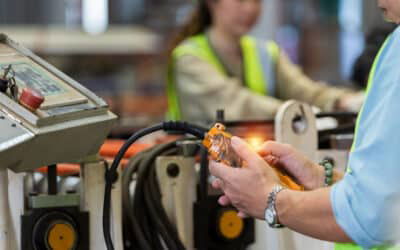Ergonomics, a necessary step in your Lean approach
Ergonomics at the workstation is an important principle in Lean management. It helps to avoid disturbing situations, while at the same time generating added value. Taking ergonomics into account helps to reduce movements and their impact.
Unnecessary or ill-considered actions are a source of extra costs, RSI and even accidents in the workplace. The primary aim of this approach is to improve the quality of life at work, as well as enhancing safety. Thanks to the gestures saved, you can also improve your productivity.
Many movements, such as walking, searching, or travelling in general, do not add value for the customer. They are wasteful. Yet they are omnipresent in our daily lives, whether in the office or on the shop floor.
Some of these movements are painful, even tiring. Uncomfortable postures are part of many people’s work. Eliminating them is a source of gain and comfort.
The principles of ergonomics
Following an accident or injury, it is common to have to adapt a man or woman’s job to suit his or her abilities. This is important. But everyone’s abilities are different, so why not adapt all your jobs to the individual?
When the design of a workstation has not been sufficiently thought through, it can lead to visual or mental fatigue, physical trauma and stress.
To design and redesign workstations as effectively as possible, it’s important to bear in mind that everyone is different. Everyone has their strengths and weaknesses, and above all different heights and morphologies. Obviously, you can’t perfectly match every workstation to every employee… But you can make your workstation adaptable!
Adaptive workstations
To enable every employee to feel as comfortable as possible at work, there are now workspaces in many areas that can be adapted to the needs of the user. This is true in the workshop, with height-adjustable work tables and seats, to ensure the right length between the seat, the floor and the forearms.
The same applies to your office, with chairs that can be adjusted for lumbar, neck or arm pain. Adjusting the height of the desk is also useful for overcoming back pain. Find out about the tools you can use to give your staff the best possible posture.
A few good ergonomic practices
When designing a machine workstation, there are a number of good practices to bear in mind. Please note that these tips are there to help you, but they do not replace the help that an ergonomist could give you.
For arm movements, try to reduce them. Ideally, you should move both hands at the same time, either in the same direction or in opposite directions. Amplitude and force are the two factors to be reduced when doing this. For body movements, the principle is the same. Avoid pivoting and shifting your centre of gravity.
To make it easier to work at the workstation, place the components as close as possible to the operator, in front of him. If possible, use gravity to move them by positioning them slightly higher.
Using standard workstations in your workshop is an easy solution, but make sure they are the right minimum size. This will reduce the amount of space taken up unnecessarily, and limit the range of movement. In fact, it’s common practice to use available workspace even when it’s not essential.
Once the ergonomics work is well advanced in your workshop, don’t hesitate to use standards to communicate best practice. Providing training for all your staff can also be a way of sharing this.
In conclusion
After reading these tips, you may want to analyse your workstations to find ways of improving them? Talk to the people involved, they’ll give you the motivation you need.
Perhaps these tips will help you move forward. Although they require an investment, these ideas can help your company move forward. Don’t hesitate to communicate about ergonomic improvements before you start implementing them. Comfort, reduced RSI and reduced risk of injury benefit employees and employers alike. Neglecting these points brings costs that are often overlooked.





0 Comments